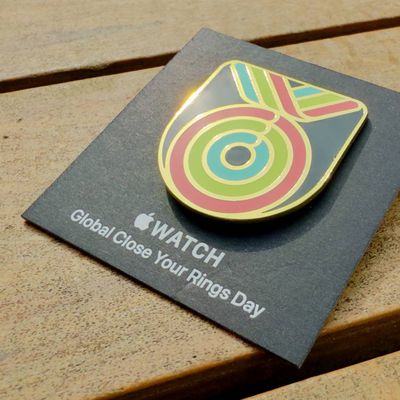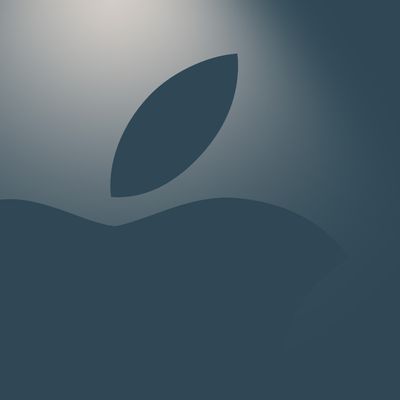Apple Seeking to Build China-Based iPhone Supply Chain Exclusively for Chinese Market
DigiTimes issued a report today highlighting Apple's apparent efforts to build a supply chain consisting entirely of China-based makers in order to manufacture iPhones specifically for the Chinese market.

The assessment is based on recent aggressive moves by Apple suppliers Luxshare and Lens Technology to acquire metal chassis plants operated in China by Taiwan-based makers, a strategy that the US tech giant has reportedly been encouraging.
Luxshare, the largest assembler of AirPods, has newly joined the iPhone assembly chain by acquiring lower-end iPhone production lines in China from Taiwan's Wistron, the sources said. To further expand its presence in the iPhone supply chain, Luxshare also has been keenly seeking to take over metal chassis plants in China from Taiwan-based firms in the iPhone supply chain.
Taiwan's metal chassis maker Catcher Technology reportedly had planned to sell 30% of its stakes in its China plants to Luxshare, but talks over the deal were suspended after Luxshare began negotiating with Pegatron's affiliate Casetek Holdings over purchasing its metal chassis plants in China, according to DigiTimes' sources.
Later, Catcher reportedly was also in talks with China's handset cover glass maker Lens Technology on selling its plants in Suzhou to the Chinese maker, but the deal hit a snag over the acquisition price, the sources said.
The moves are believed to be part of Apple's efforts to recruit more Chinese suppliers that can provide lower-cost components for iPhones for the China market. Together with the lingering pressure of US-China trade tensions, such deals are increasingly being seen as part of Apple's wider plan to diversify overseas production bases, as demonstrated in recent reports that several Apple suppliers are actively seeking to set up production facilities in India.
Popular Stories
While the iPhone 17 Pro and iPhone 17 Pro Max are not expected to launch until September, there are already plenty of rumors about the devices.
Below, we recap key changes rumored for the iPhone 17 Pro models as of April 2025:
Aluminum frame: iPhone 17 Pro models are rumored to have an aluminum frame, whereas the iPhone 15 Pro and iPhone 16 Pro models have a titanium frame, and the iPhone ...
If you missed the video showing dummy models of Apple's all-new super thin iPhone 17 Air that's expected later this year, Sonny Dickson this morning shared some further images of the device in close alignment with the other dummy models in the iPhone 17 lineup, indicating just how thin it is likely to be in comparison.
The iPhone 17 Air is expected to be around 5.5mm thick – with a thicker ...
While the so-called "iPhone 17 Air" is not expected to launch until September, there are already plenty of rumors about the ultra-thin device.
Overall, the iPhone 17 Air sounds like a mixed bag. While the device is expected to have an impressively thin and light design, rumors indicate it will have some compromises compared to iPhone 17 Pro models, including only a single rear camera, a...
Despite being more than two years old, Apple's AirPods Pro 2 still dominate the premium wireless‑earbud space, thanks to a potent mix of top‑tier audio, class‑leading noise cancellation, and Apple's habit of delivering major new features through software updates. With AirPods Pro 3 widely expected to arrive in 2025, prospective buyers now face a familiar dilemma: snap up the proven...
Apple plans to release an all-new super thin iPhone this year, debuting it alongside the iPhone 17, iPhone 17 Pro, and iPhone 17 Pro Max. We've seen pictures of dummy models, cases, and renders with the design, but Lewis Hilsenteger of Unbox Therapy today showed off newer dummy models that give us a better idea of just how thin the "iPhone 17 Air" will be.
The iPhone 17 Air is expected to be ...
Starting today, April 24, Apple Stores around the world are giving away a special pin for free to customers who request one, while supplies last.
Photo Credit: Filip Chudzinski
The enamel pin's design is inspired by the Global Close Your Rings Day award in the Activity app, which Apple Watch users can receive by closing all three Activity rings today. The limited-edition pin is the physical...
Apple's $570 million fine from the EU has triggered a sharp rebuke from the White House, which called the fine a form of economic extortion, Reuters reports.
The fine was announced on Wednesday by the European Commission, following a formal investigation into Apple's compliance with the bloc's Digital Markets Act (DMA), a landmark piece of legislation aimed at curbing the market dominance of ...
When an iPad running iPadOS 19 is connected to a Magic Keyboard, a macOS-like menu bar will appear on the screen, according to the leaker Majin Bu.
This change would further blur the lines between the iPad and the Mac. Bloomberg's Mark Gurman previously claimed that iPadOS 19 will be "more like macOS," with unspecified improvements to productivity, multitasking, and app window management,...























